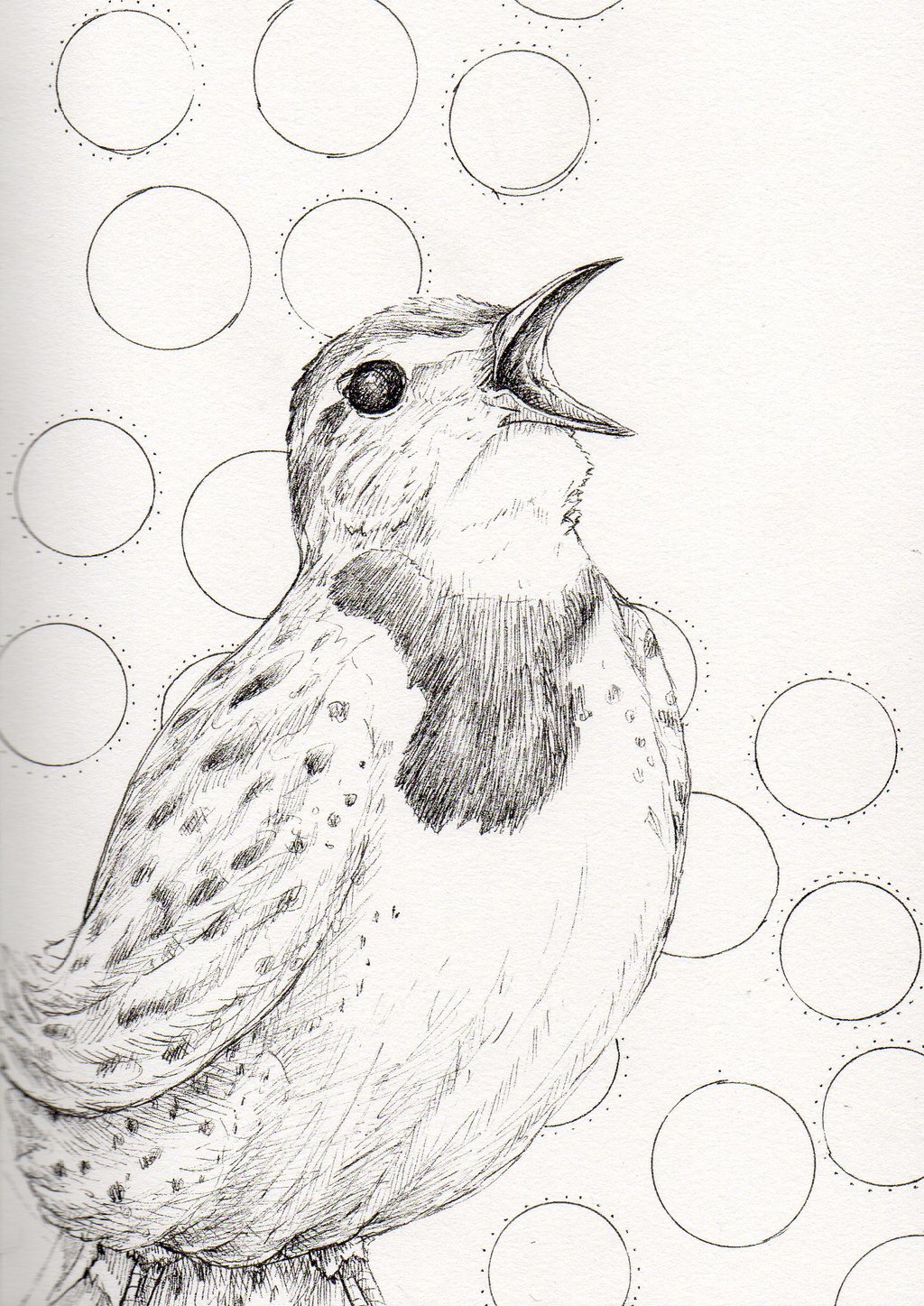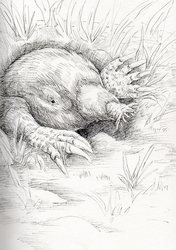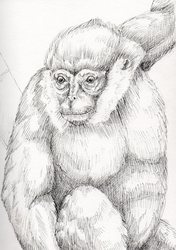Sign In
CloseTotem of the day is Meadowlark! Let your voice ring out loud and proud in song without holding back. Good news is on it's way to you and you may have a new opportunity approaching that will lead the way into greater abundance. If you have been working on a project or goal, completion is just on the horizon! Use this wave of joyful energy to explore within yourself with a lighthearted, passionate happiness. The Meadowlark spirit guide is known for it's connection to music, joy, tenacity in reaching goals, and finding peace in solitude. Meadowlark reminds us to be the best we can be by being determined and working hard at achieving more. They can also be a sign that we need to bring more joy into our souls, life, and work or that the hard, dark times have passed and it is time to rejoice! At times, we may be placing our energy in the wrong parts of our life and this guide can help to redirect our attention to find out balance. Meadowlark reminds us to pay attention to any reoccurring dreams we may be having for a message within then or to give yourself time to alone to focus on yourself. These birds had many roles in Native American cultures. The song of the meadowlark was thought to be scolding by the Arikara Indians while the Blackfoot tribe saw them as a symbol of peace. The Sioux tribes saw the song of a meadowlark as good luck and held the meadowlark as a symbol of friendship and loyalty. People who connect with Meadowlark are warm and gentle with a tender heart that accepts people for how they are without judgement. These individuals light up a room with their happy personality and are known for their musical voice both in song and when speaking. These types have an ability to stay grounded and balance while wholeheartedly enjoying each day.
Meadowlark, Sturnella, are insectivorous birds that can live up to 10 years in captivity. There are seven species of meadowlark spit into two sections: The Red-breasts species found mainly in South America and the Yellow-breasts species found mainly in North America. Meadowlarks are considered New World grassland birds, meaning they are found only in the American continent. No matter which species, meadowlark males all possess a black or brown back with either red or yellow feathers on their stomachs and necks. The red-breasted species include: the Red-breasted, White-browed, Pampas, Long-tailed, and Peruvian Meadowlarks. There are only two species which can be found in North America, the Eastern and Western meadowlarks. These birds enjoy living in areas such as grasslands, meadows, prairies, and some agricultural areas while avoiding heavy shrubbery. The average adult meadowlark grows to just over 10 inches in length with a wing span of 16 inches and a weight of just over 4 oz. The diet of these birds consists of insects such as ants, grasshoppers, beetles, and crickets as well as some seeds and grains. During the winter, the Western Meadowlark is known to forage for seeds on the ground while the Eastern Meadowlark will prefer to search in more vegetated areas. The Western Meadowlark is also known for eating the eggs of other birds and even partaking in eating dead animals during rough winters. Meadowlarks have a unique form of eating calling "gaping" which includes pushing their closed beaks into dirt and prying it open in order to reach insects and seeds that other birds cannot. This requires uniquely strong muscles. Male Western meadowlarks are known for having a complex, two-phrase song sort of like a theme song which they sing the most including an arrangement of whistles and warbles. Beyond that song, they often have up to a dozen other songs they will switch between depending on if they are chasing an intruder, defending territory, or searching for a mate. Eastern Meadowlarks, though, have an even wider rang of songs with between 50 and 100 variations. Meadowlarks will forage in groups, although males are known to begin claiming and defending territories when spring begins. They will chase an intruder for up to 3 minutes to ensure their territory is safe. When competing for land, males will jump several feet straight into the air while fluttering their wings over their back while both legs hang below in what is called "jump flights". This claim of territory can take up to a month before any females will begin to show up. During breeding season, one male will often have two females who he will tend to by bringing food to the nests and chasing away any threats to the nest. It is the female who will build the nest, often found on the ground in a small dip or depression with some sort of vegetation hiding the nest. She will form the dip into a cup shape with her beak and line it with grasses and the stems of shrubs. Western Meadowlarks are known to actually weave the nearby vegetation into a waterproof, hoodlike ceiling over the nest. The female will lay between 5 and 6 eggs that will hatch into hatchlings with closed eyes and only the barest of gray down along their spine and above their eyes. It is important to be very respectful of Meadowlark nests as these parents are very nervous of humans around their nests. At times, they will abandon a nest if scared away.
Submission Information
- Views:
- 1063
- Comments:
- 0
- Favorites:
- 0
- Rating:
- General
- Category:
- Visual / Traditional




